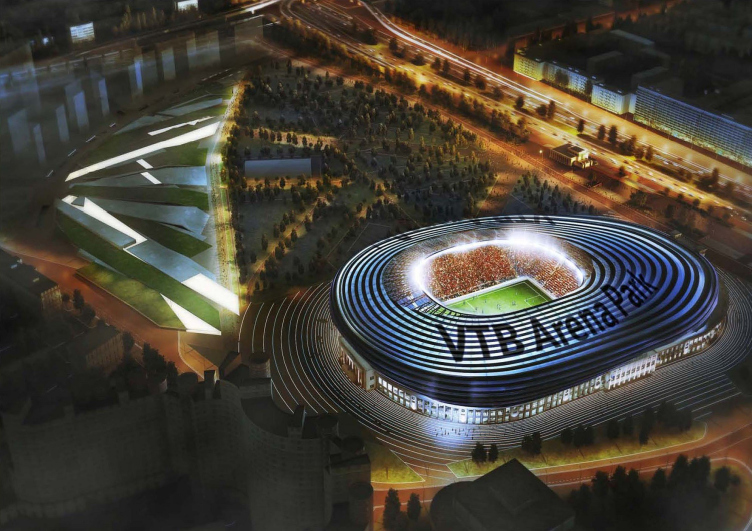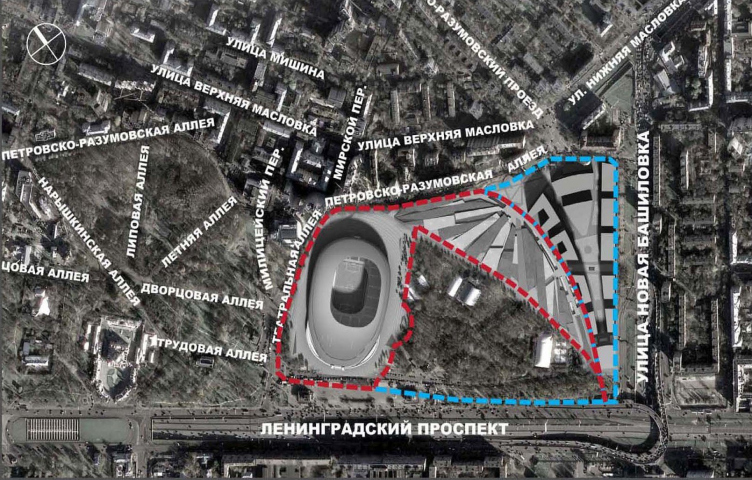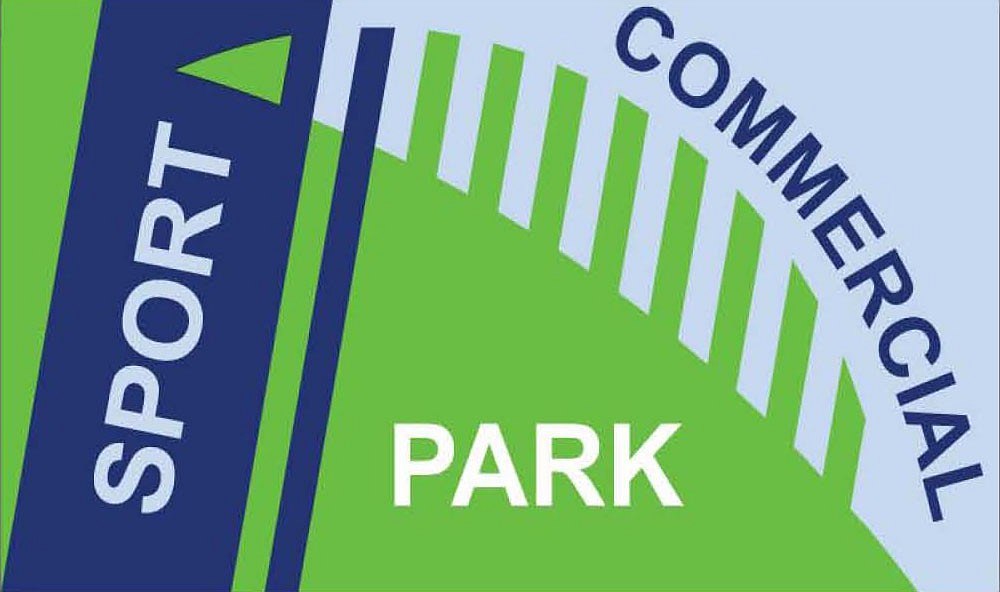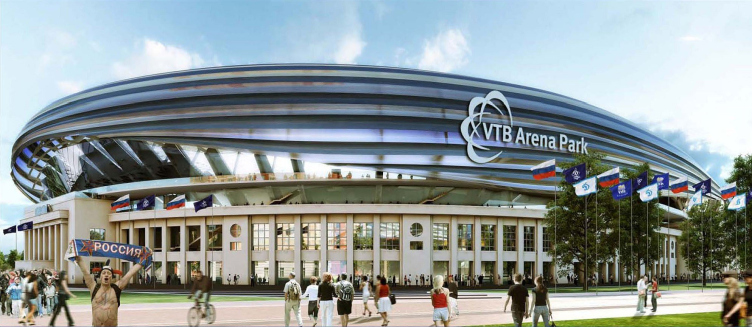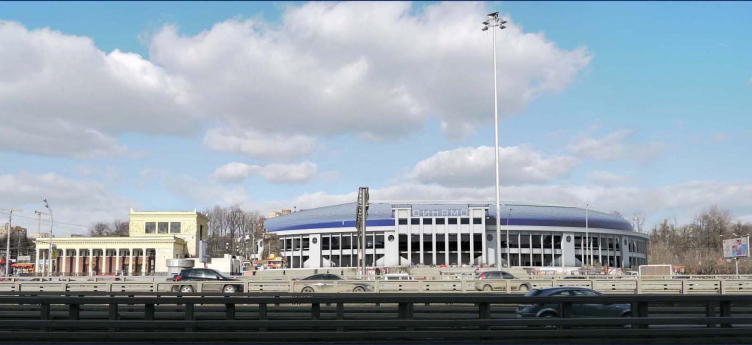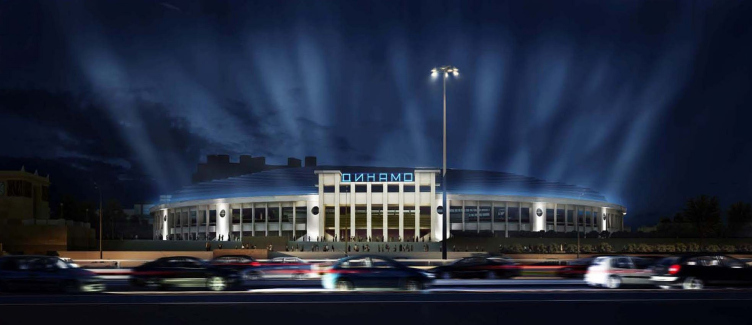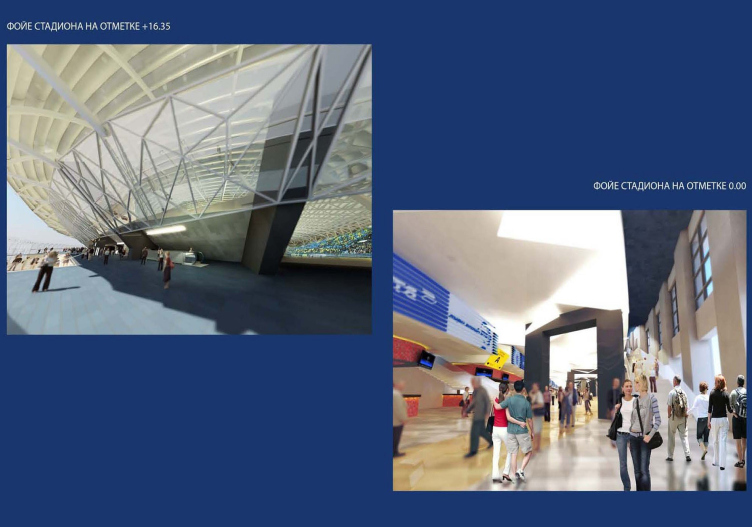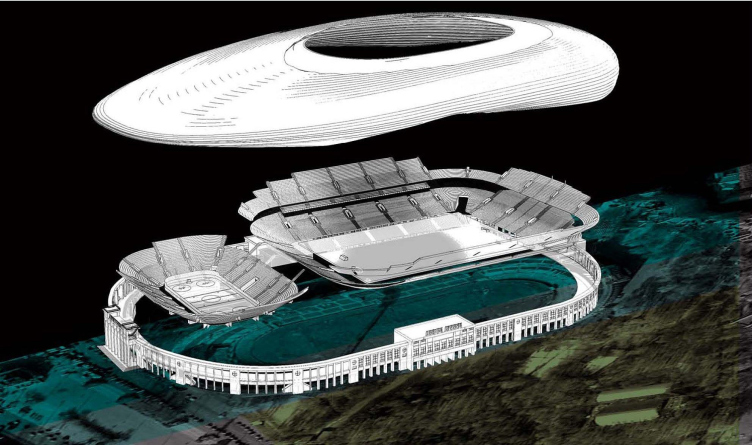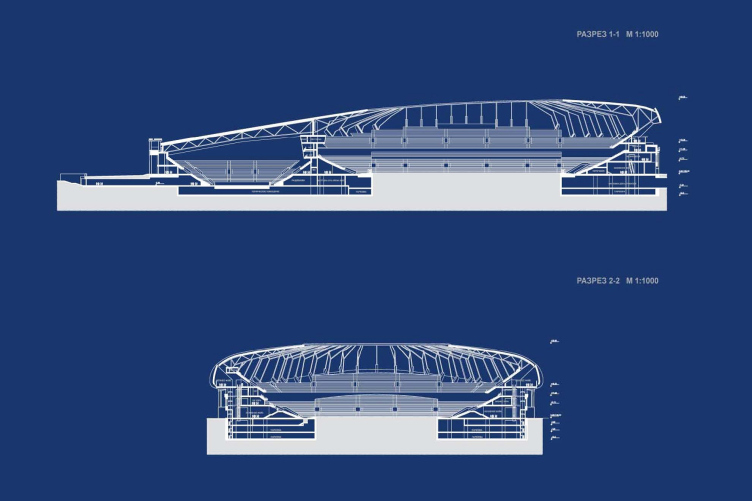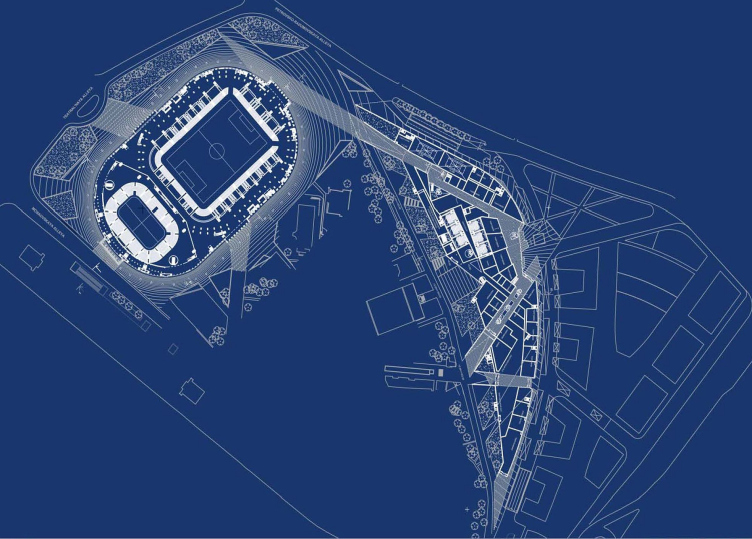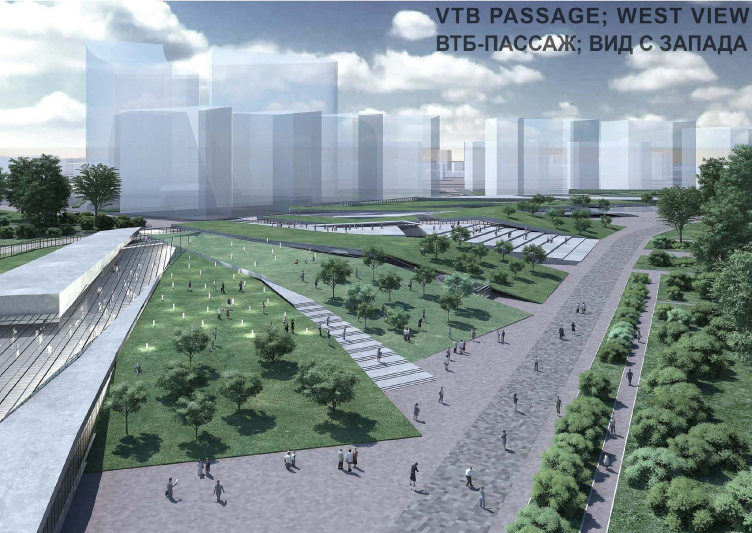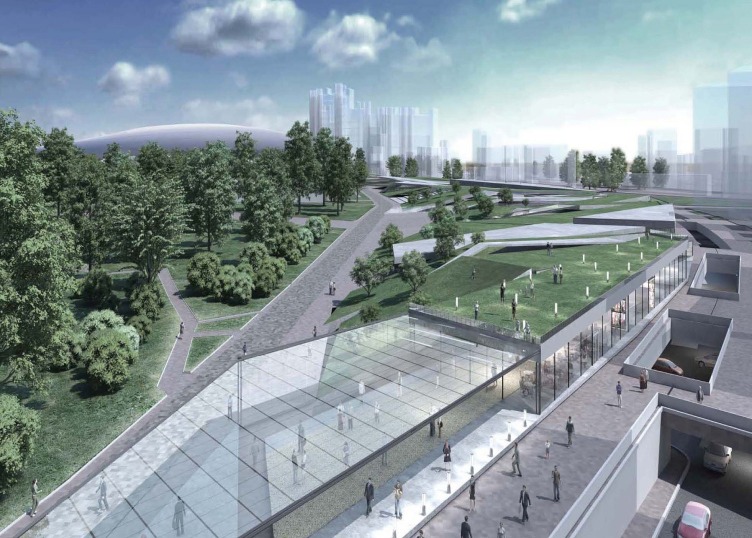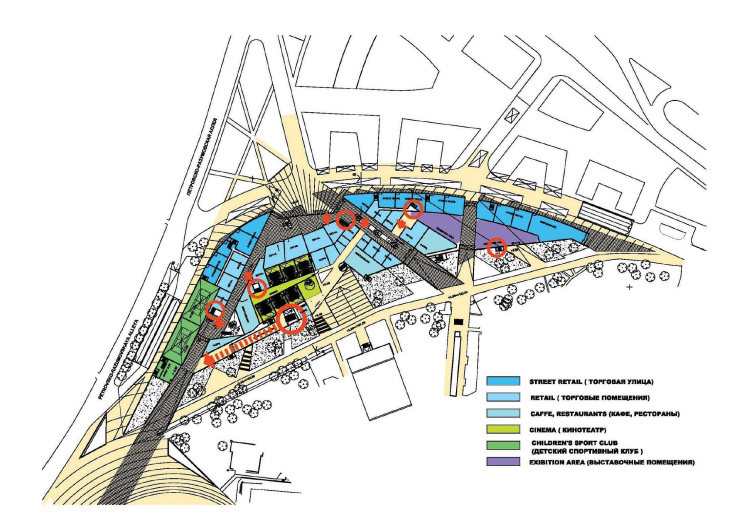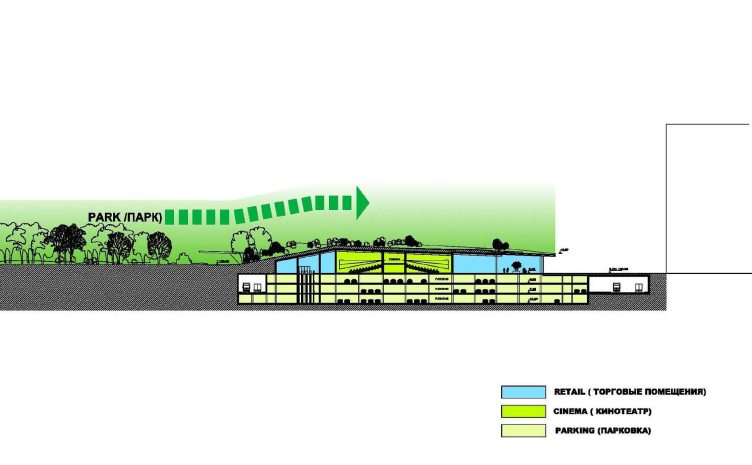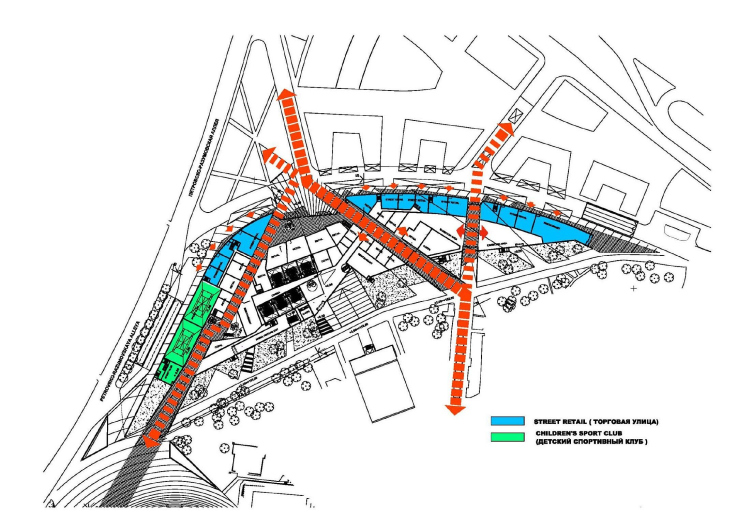По-русски A full cup
In Moscow at the end of June there were announced results of international closed contest on the architectural and urban solutions for reconstruction and development of “Dinamo” sports complex territory. The legendary first Soviet stadium will be renamed to "VTB Arena Park" - on behalf of the reconstruction organizer and main investor. There participated five teams consisting of the largest Russian and foreign architectural bureau. With the publication about ABD Architects (Russia) and Perkins Eastman International (USA) project we start the series of articles about the results of one of the most interesting and perfectly organized international architectural contests held in Russia.

Written by:
Anna Martovitskaya



